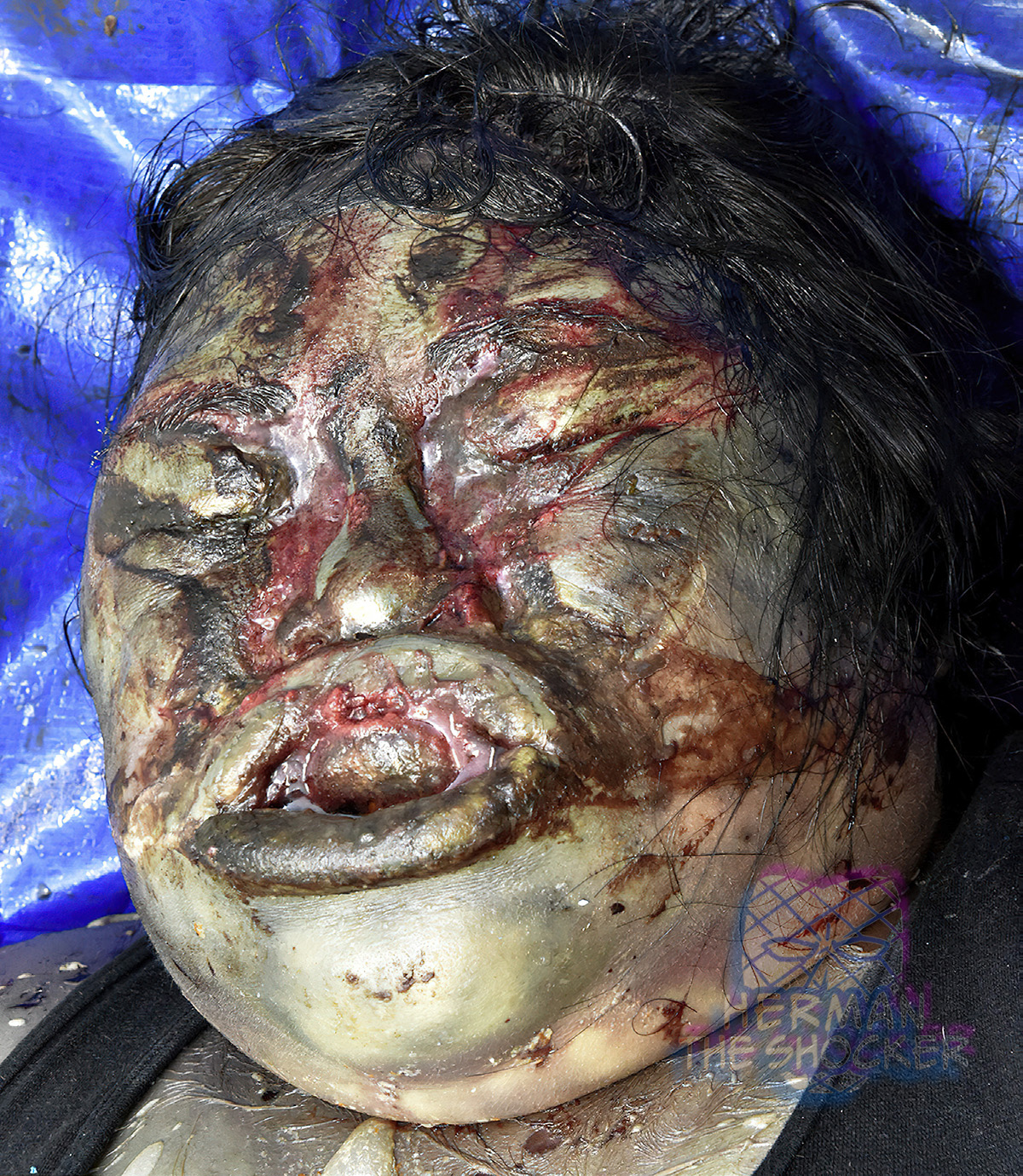Australia. This elderly woman was located in a state of advanced decomposition. Because of decomposition the body was not visually identifiable. She was identified through x-ray comparisons. An important duty of coroners, medical examiners, and forensic pathologists involves the identification (ID) of deceased individuals. While this process does not usually present many difficulties, the consequences of misidentification can be significant and long lasting. In many cases investigated by medicolegal death teams, initial inquiries will produce a preliminary or tentative identification.
The most reliable methods of identification involve a more scientific approach where a unique feature of the unidentified decedent can be compared to a likely match. This requires that the features of both are compatible, with no significant features that do not match. Examples of scientific methods of identification include fingerprint comparison, dental comparison and x-ray comparisons, and DNA typing. For each of these methods (except for DNA typing) an antemortem (prior to death) record must exist and be available for a successful comparison to be made.
Postmortem CT showed evidence of a nasal implant and a chrome cobalt framework for a denture. Nasal implants are used as a cartilage substitute to more easily shape or reshape the nose. They are commonly made from soft materials that can be sculpted. In cases where visual identification is not possible, such implants may assist in the identification process. Unlike metal prosthetics, such material will not usually have a serial number.
Latest posts









